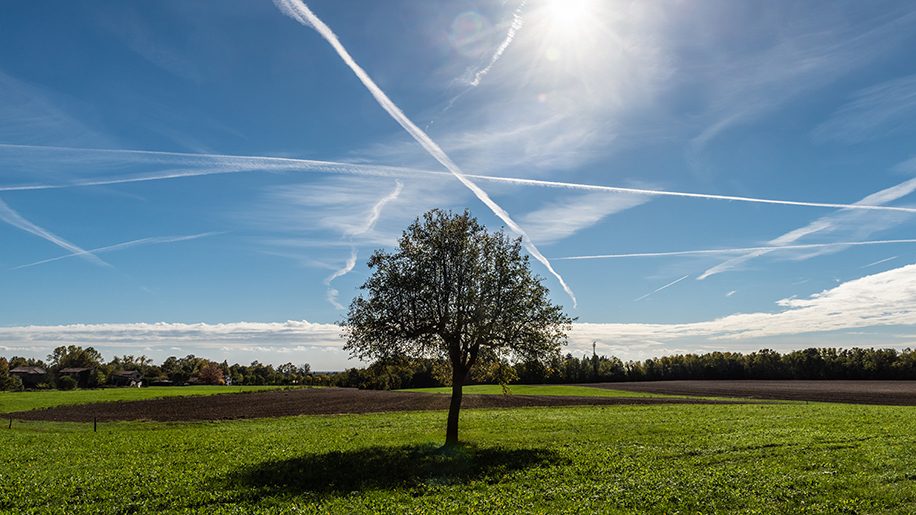
New research has shown that the majority of flights are taken by a small percentage of the population, at least in countries with high travel and carbon emissions from flying
The research, which was undertaken by climate charity Possible, and which predates the Covid pandemic, shows that
- A minority of frequent flyers take the largest share of flights in almost all countries with the highest aviation emissions.
- In the US, 12 per cent of people take two thirds (66 per cent) of all flights, while in France 2 per cent of people take half (50 per cent) of all the flights.
- In almost all these countries, less than half of the population fly each year.
The research is likely to come as little surprise to business travellers who were, until the onset of the pandemic at least, likely to be travelling multiple times each year for work, and perhaps several times more for leisure breaks.
The research does, however, add to an argument made by pressure groups, NGOs and charities that aviation is still the preserve of the wealthy, and yet has a disproportionate effect, in terms of emissions, on those who do not fly as much, or at all.
It follows a similar survey released last year:
Frequent fliers cause half of aviation’s passenger emissions: report
The report studies who is flying in 26 of the countries with the highest emissions from aviation. The charity says that “in almost all of these countries, less than half of the population fly each year.”
Other figures are:
- UK: 15 per cent of people take 70 per cent of flights.
- Canada: 22 per cent of people take 73 per cent of flights
- Netherlands: 8 per cent of people take 42 per cent of flights.
- China: 5 per cent take 40 per cent of flights
- India: 1 per cent take 45 per cent of flights.
The charity says that in developing countries, such as Indonesia, 3 per cent, or 1 in 30 households) take more than half (56 per cent) of flights.
Possible argues that these results confirm that policies which aim to reduce aviation emissions by increasing the cost of frequent flying will have a greater impact on wealthier households. The report recommends a Frequent Flyer Levy, which makes it more expensive to fly as someone takes more flights, or flies greater distances, each year. Campaigners say this approach tackles the climate crisis fairly, ensuring people with greater responsibility for emissions make bigger changes.
Alethea Warrington, campaigner at Possible, said,
“If left unchecked, emissions from polluting industries like flying threaten to crash the climate. This report shows the same pattern of inequality around the world – a small minority of frequent flyers take an unfair share of the flights. While the poorest communities are already suffering the impacts of a warming climate, the benefits of high-carbon lifestyles are enjoyed only by the few. A progressive tax on aviation would treat frequent flying as the luxury habit it is. A lot of people travel. But only the privileged few fly often.”
Souparna Lahiri, climate campaigner at Global Forest Coalition in India, said,
“Inequity in public and mass transport is increasing, with air transport being the most inequitable. Amenities are improved for those who can afford to pay a lot, but not for the common mass who cannot afford air-conditioned travel or high speed transportation. In addition, transportation is being privatised for the rich, with the only public sector airline being sold off and airports also being privatised.”
Laura Gibbon, climate campaigner, Seattle, said
“In the Seattle area, airport communities have twice as many children living in poverty or near poverty as the rest of the county. Airport communities are home to a majority of our county’s people of colour. These are the people who pay the health consequences of aircraft pollution and noise, not the people doing the vast majority of the flying.”
The link to the full report Elite status: global inequalities in flying, can be found here (opens pdf):
Elite Status Global












